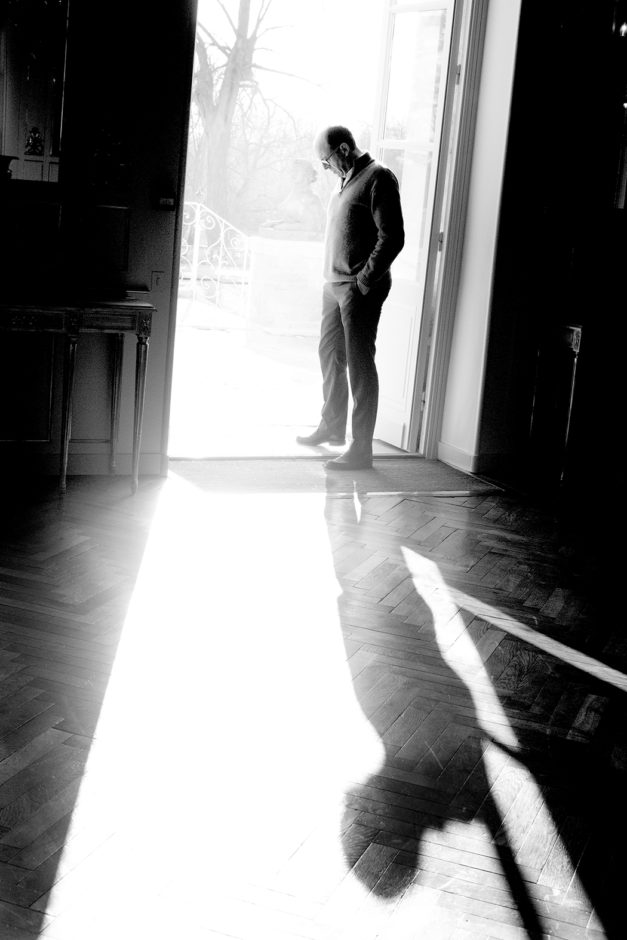27th Jul 2022
As a rule of thumb, you know you are on top-tier vineyard land in the Médoc when you can see the Gironde from the château’s back door. At Beychevelle, the view of the estuary is not only a clue to good drinking but also linked to its name and the iconic boat on the label.
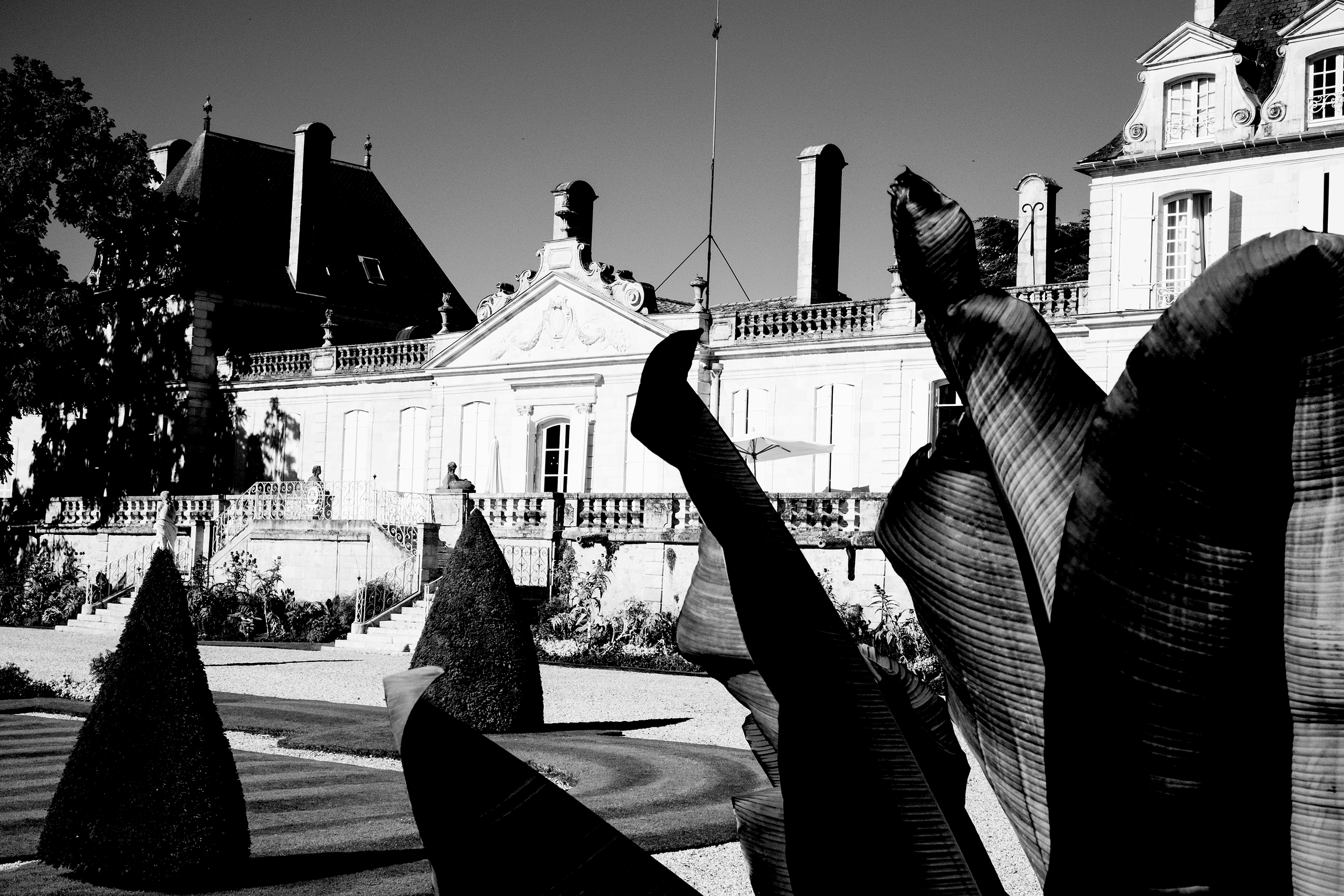
Lower the Sails Again
In 1587, when the duke of Épernon, a reputable admiral, took over the estate, as boats passed within view of the château, they would lower their sails out of respect. And so, the Chateau’s nickname in Gascon became “Bêcha vela” (baisse voile or “lower the sails”), later to become Beychevelle.
Beychevelle is an enviably placed property that I’ve long felt could do better. In the latter half of the 20th Century, its wines were hit-or-miss and often a miss. Thin, skeletal, under-ripe, and lacking in density, layers, and ageability—these issues plagued the wines of this potentially great estate for decades. But with 92.5 hectares under vine, most of Beychevelle is laid out over some of the best vineyard land in Bordeaux. Located towards the very south of Saint-Julien, a major proportion of the vineyard hugs the Gironde, with key blocks bookending Ducru-Beaucaillou to the north and south. Planted to 52% Cabernet Sauvignon, 40% Merlot, 5% Cabernet Franc, and 3% Petit Verdot, its relatively large proportion of Merlot is one of the estate’s signatures, but without strict selection and careful handling, it can also be one of its weaknesses.
In July this year, I visited Beychevelle, tasting vintages back to 1995 with technical director Romain Duclomb. This is Duclomb’s tenth year at the property, having started here in 2012. Before this, Duclomb’s winemaking experience spanned the wine globe, having spent a year at Robert Mondavi in Napa Valley, followed by stints in New Zealand and Burgundy. Before taking the position at Beychevelle, he was at Château Clinet in Pomerol. Duclomb feels his time in Burgundy had the greatest impact on his current approach to winemaking.
“As in Burgundy, now we use a lot of pigeage here,” Duclomb told me. “I like it because you can see, smell, touch, and observe. You can’t do this with pumping over. This is really the way we work here. A chef, when cooking, has to taste and smell constantly. That’s what we do now.”
Duclomb is quick to give Mother Nature part of the credit for the recent increase in quality at the estate. “The quality of the grapes now is better than ever, and this is mainly because of the climate,” he said. “But now we need to realize all this potential in the winery. The new winery is designed to process using one tank for each plot, so we are more focused and more precise than before. It’s like, we used to watch movies in blurry black and white, but now we have full color and HD pixels. We use gravity flow, and we have nitrogen to protect the grapes at every stage. These days, we work 24 hours in the winery at harvest. I taste 2-4 times after each action. If we have to go further with extraction, we do, but if we have to stop, we know when. We don’t want bitterness, so we are much more precise. We have incredible plots in front of Ducru; we need to focus on these. So, the selection now is severe. Now the grand vin is normally only 50% of the crop.”
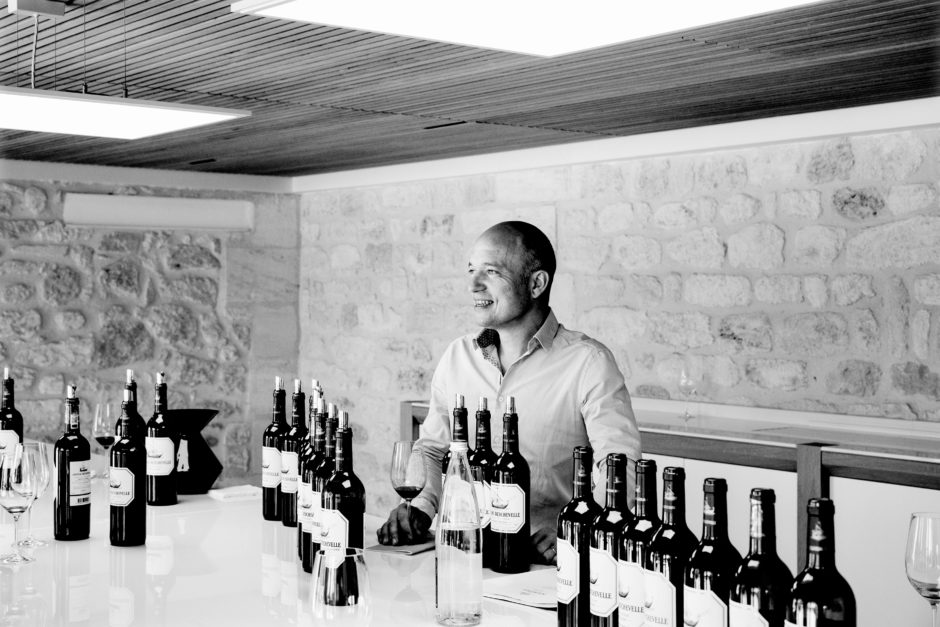
- Romain Duclomb"A chef, when cooking, has to taste and smell constantly. That’s what we do now.”"
I asked how the higher proportion of Merlot impacts the style of Beychevelle. “Yes, our style is to have a high proportion of Merlot,” he replied. “It makes the wines quite approachable early on. I don’t judge people for drinking our wines as soon as they arrive in the market. I respect the taste of everyone. I like the approachability of our wines, and I believe they can also age well now. But Merlot helps the approachability.”
After tasting the line-up of 1995-2021 with Duclomb, I asked him to comment on his favorite vintages. “2016 is high class,” he said. “There is maturity and fruit, but there is a vibration to the tannins. I also like 2018, but it is a little over the top for me. When I look at 2009 and 2010 together, I think about Parker’s note. 2009 is better right now, but for 2010 I would wait a bit more. It’s a more powerful wine.”
Tasting the evolution of Beychevelle over these 27 vintages was an uplifting experience. It is a joy to see this great estate finding its sea legs among the changes in management, fresh investment, and not to mention climate change.
Considering its impressive consistency over the last decade, at last making the most of its exemplary terroir, Beychevelle is again worthy of lowered sails.
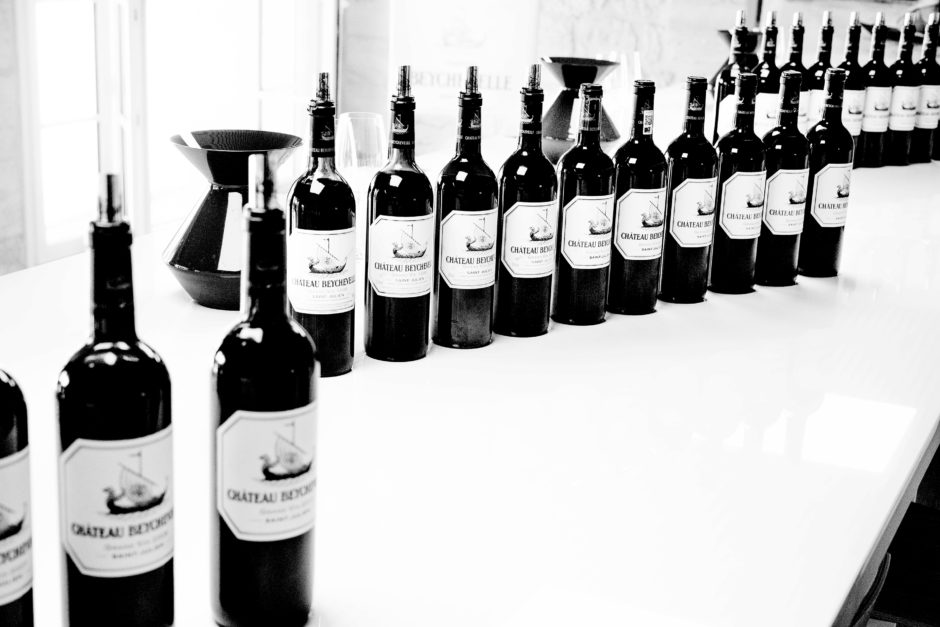
-
Article & Reviews by Lisa Perrotti-Brown MW
Photographs by Johan Berglund
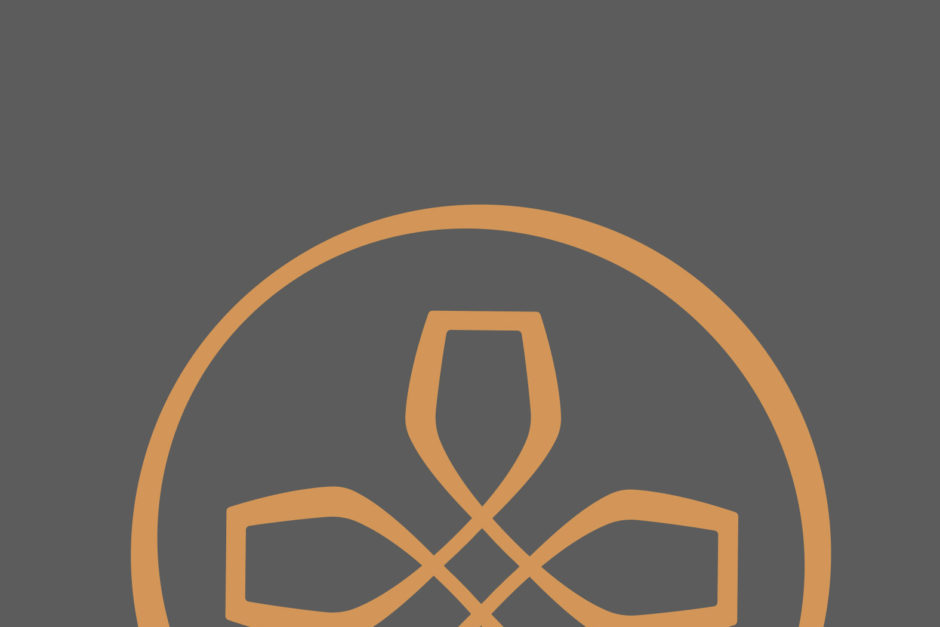
PRODUCERS IN THIS ARTICLE
> Show all wines sorted by scoreMore articles
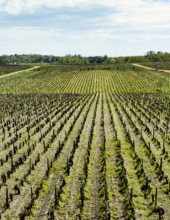
Bordeaux 2023 Preliminary Vintage Report and Reviews from Barrel
29th Apr 2024
44 tasting notes
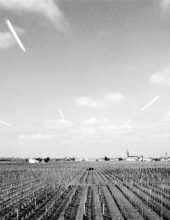
2021 Bordeaux in Bottle and A Modest Proposal
24th Apr 2024
599 tasting notes
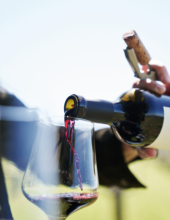
Pilcrow’s New Releases
18th Apr 2024
7 tasting notes
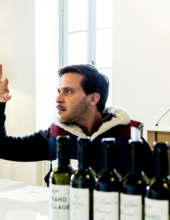
Bordeaux 2023 Primeurs Photo Essay
18th Apr 2024
0 tasting notes
Show all articles
